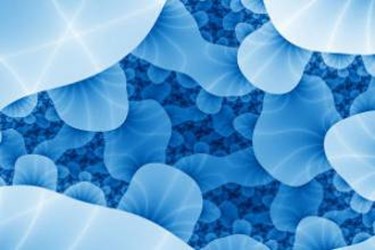Drinking Water Research Uses DNA Testing Of Bacteria To Prevent 'Biofilms'

Biofilms in water pipes created through a combination of harmless bacteria could provide a safe haven for harmful bacteria such as E. coli and Legionella, according to new research by Engineers at the University of Sheffield.
The research team, from the University of Sheffield’s Faculty of Engineering, studied four bacteria found in the city’s drinking water to see which combinations were more likely to produce a biofilm, which is made up of layers of bacteria that form on the inner surfaces of water pipes.
“Biofilms can form on all water pipes and as these are usually non-harmful bacteria, they don’t present a problem,” explained lead researcher, Professor Catherine Biggs.
“However, biofilms can also be a safe place for harmful bacteria such as Escherichia coli or Legionella to hide,” added the Professor.
According to Biggs, if the bacterial growth is too heavy, it can break off into the water flow, which at best can discolour the water or create an unpleasant taste. At worst it can release more dangerous bacteria.
The research looked at which conditions enable biofilms to grow with the aim of finding ways to control the bacteria in our water supply more effectively and ensure drinking water remains safe, while still reducing the need for chemical treatments and identifying potential hazards more quickly.
Research methods
Funded by the Engineering and Physical Sciences Research Council, the research isolated four bacteria in water taken from a domestic tap. Two were widely found in drinking water everywhere, one was less common and one was unique to Sheffield.
The researchers said that they mixed the bacteria in different combinations and found that, in isolation, none of them produced a biofilm.
However, when any of the bacteria were combined with one of the common forms, called Methylobacterium, they formed a biofilm within 72 hours.
“Our findings show that this bacterium is acting as a bridge, enabling other bacteria to attach to surfaces and produce a biofilm and it’s likely that it’s not the only one that plays this role,” explained Biggs.
Testing time
According to the Professor, this means that it should be possible to control, or even prevent, the creation of biofilms in the water supply by targeting these particular bacteria, potentially reducing the need for high dosage chemical treatments.
The researchers explained that drinking water supplies in the UK are regularly tested for levels of bacteria. If they are too high water is treated with greater concentrations of chlorine or pipe networks are flushed through to clear the problem.
However, the standard tests look for indicator organisms rather than the individual types which are present.
The researchers said that the testing methods they are developing - as used in this research - involve DNA analysis to identify the specific types of bacteria present.
According to Biggs the way clean water supplies are currently maintained is a little like using antibiotics without knowing what infection being treated is.
“Although it’s effective, it requires extensive use of chemicals or can put water supplies out of use to consumers for a period of time. Current testing methods also take time to produce results, while the bacteria are cultured from the samples taken,” explained the Professor.
“The DNA testing we’re developing will provide a fast and more sophisticated alternative, allowing water companies to fine tune their responses to the exact bacteria they find in the water system,” she concluded.
Source: University of Sheffield
